Ice Fishing Tactics: Bait, Patience, and Precision
Winter transforms lakes and rivers into new worlds for anglers brave enough to venture onto the ice. Ice fishing combines skill, knowledge, and a touch of adventure as fishermen drill through frozen surfaces to access the mysterious realm below. Unlike open-water fishing, this winter pastime demands specialized techniques, unique equipment, and an understanding of how fish behave in cold-water environments. From the careful selection of bait to the precision of hole placement, ice fishing rewards those who master its distinctive challenges. This article explores the essential tactics that separate successful ice anglers from those who return home with empty buckets, focusing on the three pillars of the sport: bait selection, patient approach, and precise execution.
Understanding Winter Fish Behavior

Fish metabolism slows dramatically during winter, fundamentally changing how they feed and move beneath the ice. Most species become significantly less active, conserving energy and feeding less frequently than during warmer seasons. This metabolic slowdown means fish typically won’t chase fast-moving baits aggressively and prefer slower, more deliberate presentations. Location patterns also shift dramatically, with many species abandoning shallow areas for deeper, more stable water temperatures. Understanding these behavioral changes is crucial, as fish often cluster in specific zones rather than distributing evenly throughout a lake, making hole placement and depth selection critical first steps in any ice fishing strategy.
Essential Ice Fishing Equipment
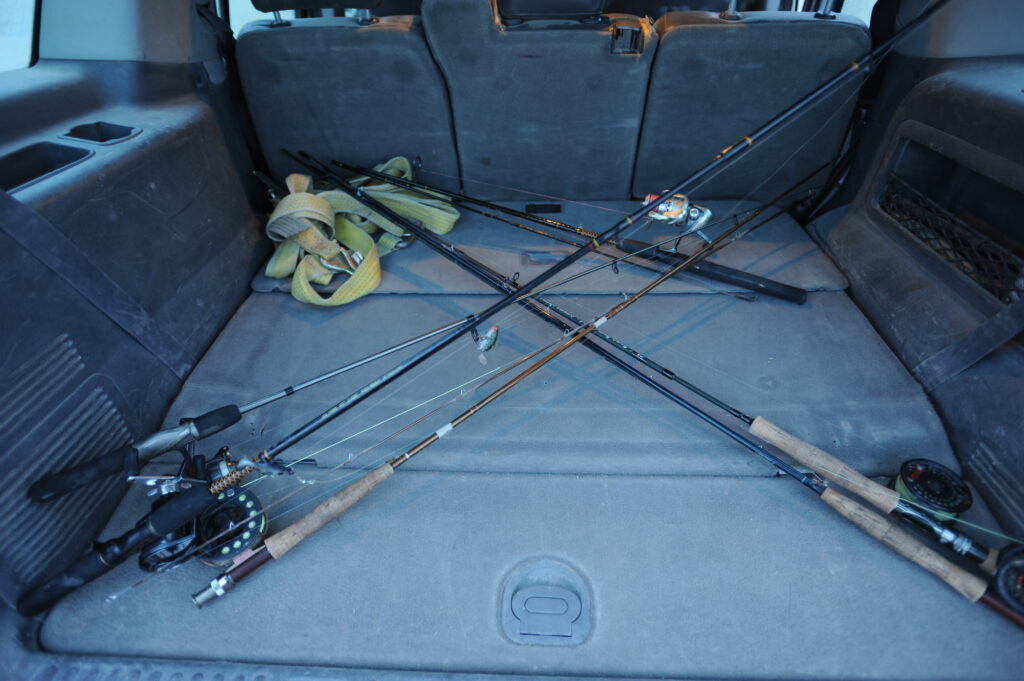
Success on the ice begins with appropriate gear designed specifically for winter fishing conditions. An ice auger (manual, propane, or electric) is your gateway to the underwater world, allowing you to drill through ice ranging from a few inches to several feet thick. Specialized ice fishing rods are typically shorter (24-36 inches) and more sensitive than traditional ones, helping you detect subtle strikes in cold conditions. A quality ice shelter or tent protects you from harsh elements, extending your fishing time and comfort substantially during frigid days. Additional must-have items include ice scoops for keeping holes clear, depth finders to locate fish, tip-ups for passive fishing, and safety equipment like ice picks and flotation devices that could prove lifesaving in emergencies.
Live Bait Selection Strategies
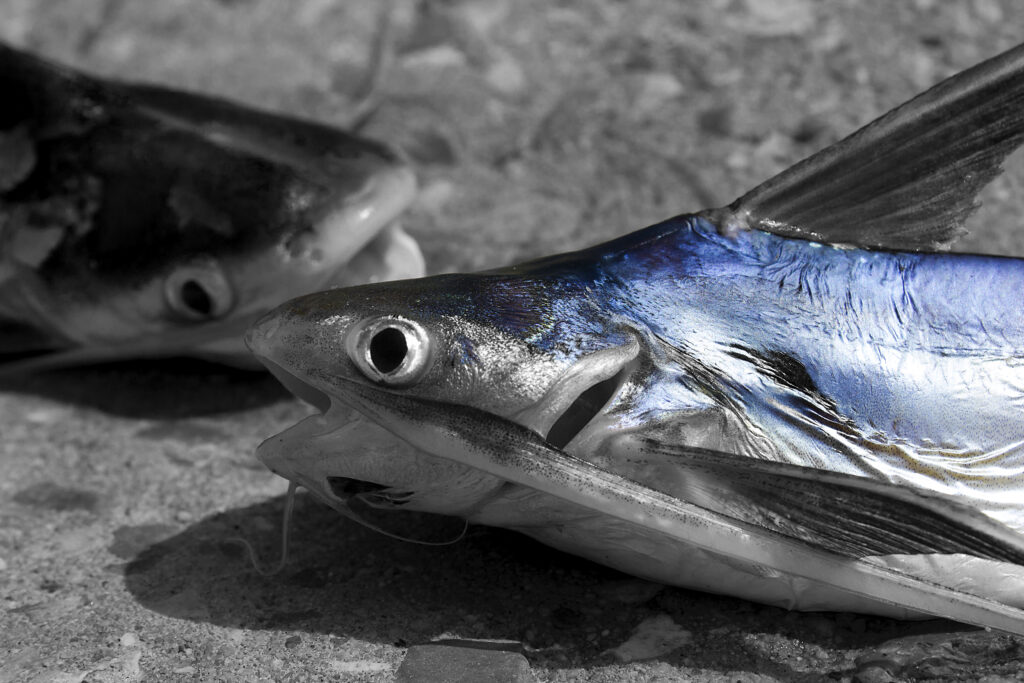
Live bait remains the gold standard for ice fishing across most target species due to its natural presentation and scent profile. Minnows, particularly shiners and fatheads, are premier choices for predatory fish like walleye, pike, and perch, with size selection matching your target species’ preferences. Waxworms and eurolarvae (commonly called spikes) excel for panfish like bluegill and crappie, providing irresistible, bite-sized offerings that even the most lethargic winter fish find tempting. Nightcrawlers, while less commonly used in winter, can still produce results for larger species when properly presented and preserved in cool conditions. The presentation method matters significantly—hooking minnows through the back allows more natural swimming motion, while hooking waxworms through their center maximizes movement that triggers strikes in cold water.
Artificial Lure Tactics

Modern ice fishing increasingly incorporates specialized artificial presentations that provide advantages over live bait in certain situations. Tungsten jigs have revolutionized ice fishing with their high-density composition that sinks quickly and transfers the slightest movements directly to the lure, even in deep water. Spoons, particularly those with built-in rattles or flash components, create attention-grabbing action that can trigger reaction strikes from predatory species during inactive periods. Soft plastic baits impregnated with scent compounds bridge the gap between artificial and live presentations, offering convenience with biological attractants. The most effective artificial presentation often involves “dead-sticking” (minimal movement), interspersed with occasional jigging bursts that mimic injured prey—a technique particularly effective for walleye, perch, and larger panfish species.
The Art of Jigging Technique
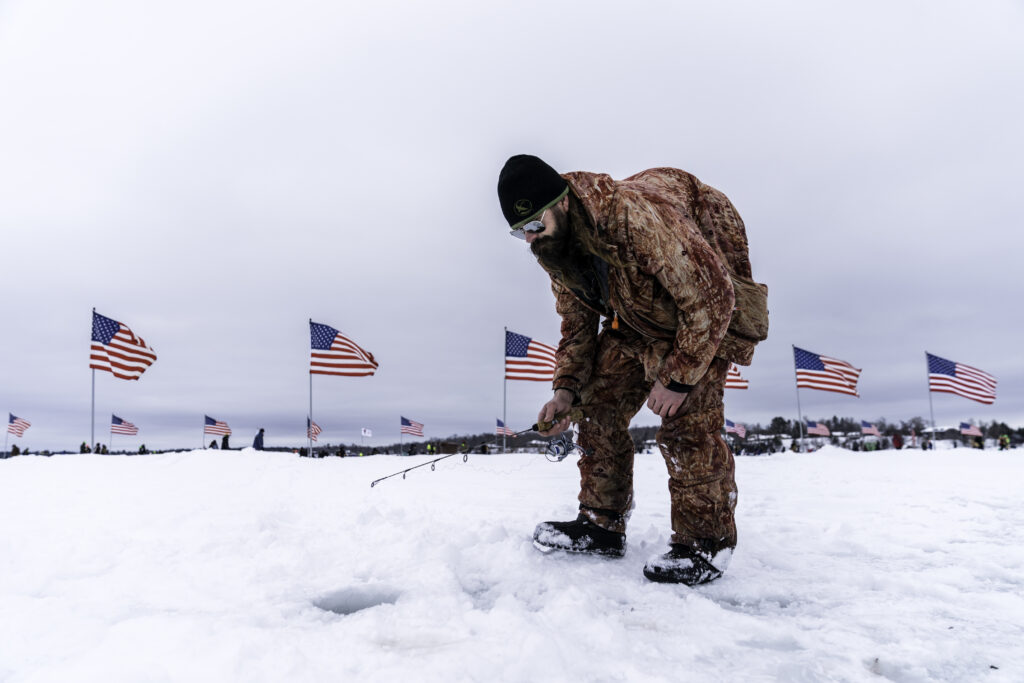
Mastering jigging cadence separates casual ice anglers from consistently successful ones, particularly when fishing for predatory species. Winter jigging differs substantially from open-water techniques, typically employing more subtle, smaller movements that don’t overwhelm sluggish fish. The “pound and pause” method—where you aggressively jig to attract attention, then hold completely still as fish approach—mimics injured prey and triggers predatory instincts even in cold water. For panfish, try the “hover and quiver” technique, holding your jig nearly motionless with occasional tiny twitches that create just enough movement to appear alive without scaring wary fish. Experiment with jigging variations throughout the day, as fish preferences often shift with light conditions, barometric pressure changes, and feeding windows that may last only minutes during winter days.
Finding Productive Ice Fishing Locations

Location selection begins before ever stepping onto the ice, ideally with pre-winter scouting or underwater mapping technology that reveals key structural elements. Main lake points, underwater humps, and channel edges that drop into deeper water create natural pathways for fish movement and typically hold more active fish than featureless areas. Weed edges that remain green under the ice provide oxygen and attract baitfish, creating prime hunting grounds for predatory species throughout winter. Early and late ice periods often see fish utilizing shallower areas, while midwinter typically pushes most species to deeper, more stable water away from rapidly changing temperatures. Pay particular attention to transitions between bottom compositions—areas where sand meets rock or where gravel transitions to mud often concentrate feeding fish by creating natural ambush points.
The Importance of Hole Placement

Strategic hole drilling dramatically increases success rates by creating a systematic approach to locating and following fish movements. Rather than drilling randomly, create deliberate patterns that allow you to sample different depths along key structures—the “stair-step” approach drills holes from shallow to deep areas, allowing you to efficiently determine where fish are holding on a given day. For known fish-holding structures, drill multiple holes nearby (3-4 feet apart) to allow for quickly switching positions without additional drilling when fish appear on your electronics. Early morning and late afternoon often require different hole placements than midday, as many species follow daily movement patterns related to light penetration and feeding windows. Remember that each hole drilled creates noise and potential disturbance, so plan your drilling strategy before starting, and complete most holes before beginning to fish.
Electronics and Modern Fish Finding
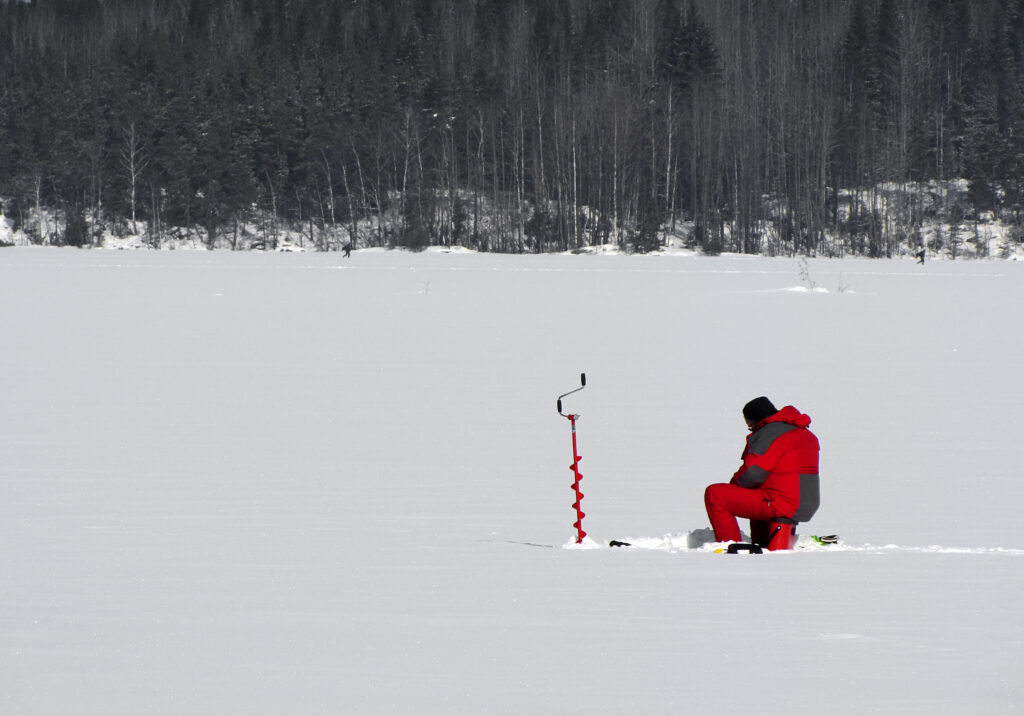
Today’s ice fishing has been transformed by specialized electronics that reveal previously invisible underwater activity. Flashers provide real-time vertical readings of fish location, showing not only depth but also how fish are responding to your presentation, allowing immediate adjustment of jigging techniques based on fish behavior. Underwater cameras offer visual confirmation of species, size, and reaction to different baits, particularly valuable in clear water conditions. Modern portable sonar units designed specifically for ice fishing combine GPS mapping with fish-finding capability, allowing anglers to mark productive spots and return precisely to them on future trips. These technologies dramatically reduce search time and increase efficiency, though they require practice to interpret correctly and shouldn’t replace understanding of seasonal fish patterns and behavior.
Cold Weather Fishing Strategies

Successful ice fishing requires adapting to often harsh environmental conditions while maintaining comfort for extended periods. Layering clothing properly with moisture-wicking base layers, insulating mid-layers, and windproof/waterproof outer shells allows for temperature regulation throughout changing conditions. Hand and foot warmers become essential tools during extreme cold, as maintaining dexterity for handling tackle and feeling subtle bites becomes challenging when extremities grow numb. During bitter cold fronts, fish typically become less active and often move deeperDownsizingng presentations and slowing jigging cadence accordingly can maintain catch rates when others struggle. Contrary to popular belief, some of the best ice fishing occurs during heavy snowfall, as the reduced light penetration often triggers feeding activity, particularly for predatory species like walleye and northern pike.
Species-Specific Tactics
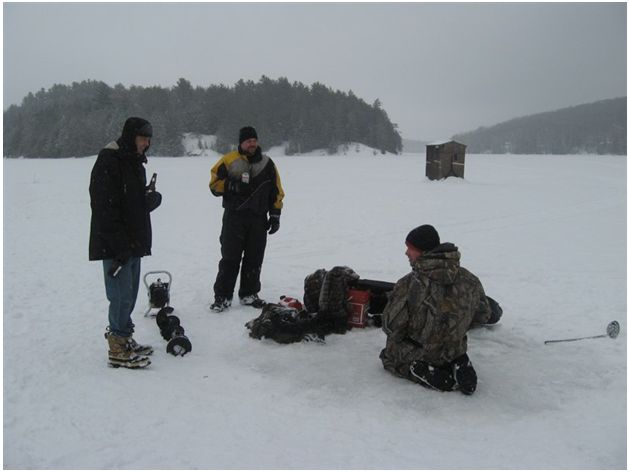
Each target species requires tailored approaches that align with its winter behavior patterns and feeding preferences. Walleye typically feed during low-light periods (dawn/dusk) along drop-offs and structural edges, responding best to minnows or jigging spoons worked with subtle lift-and-fall motions. Perch school tightly in winter, often roaming basin areas in search of bloodworms and insect larvae—once located, small tungsten jigs tipped with waxworms or spikes presented just off the bottom produce consistent results. Crappie suspend in the water column around submerged structures and respond well to small, flashy jigs worked higher in the water column, particularly during early morning and evening hours. Northern pike patrol weed edges and shallow flats, aggressively hitting larger minnows or flashy spoons, making them perfect targets for tip-ups baited with golden shiners or sucker minnows positioned at varying depths.
The Mental Game: Patience and Persistence
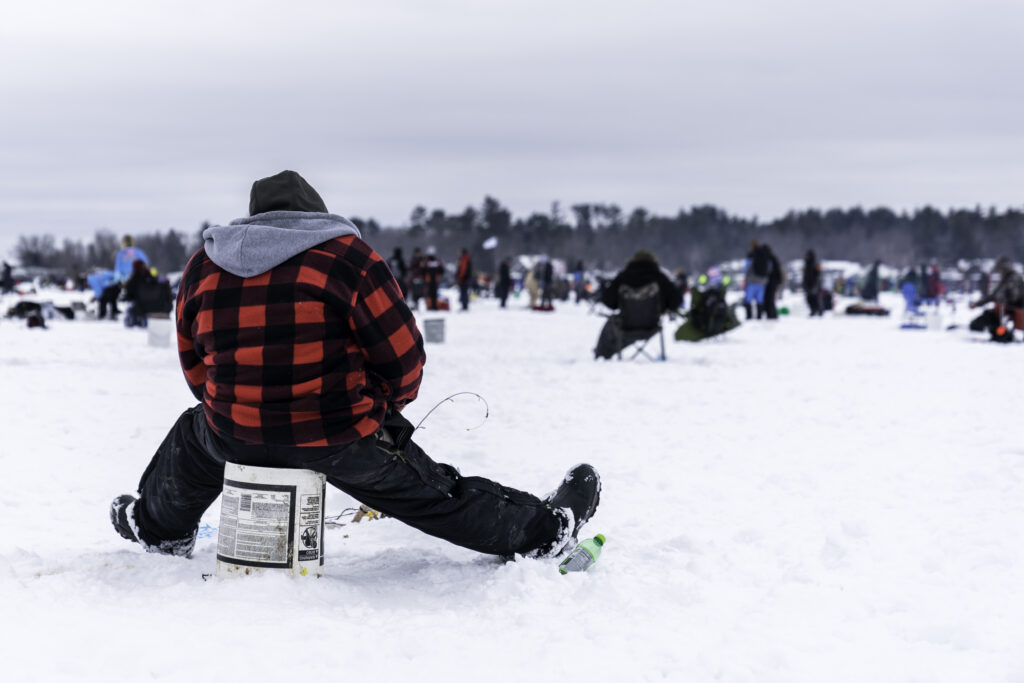
Perhaps more than any other fishing discipline, ice fishing demands mental fortitude and strategic patience that many anglers struggle to develop. Successful ice anglers understand that winter fishing often involves extended periods without action, followed by intense feeding windows lasting as little as 15-20 minutes—missing these brief opportunities by changing locations too frequently results in consistent disappointment. Developing confidence in your location through pre-trip research and underwater structure understanding helps maintain resolve during slow periods. Methodical hole-hopping rather than random movement allows systematic coverage of an area while still maintaining mobility when needed. The most productive ice anglers develop a sixth sense for when to stay put versus when to move, balancing patience with the recognition that sometimes a 15-foot shift to another pre-drilled hole makes the difference between success and failure.
Safety Considerations on the Ice
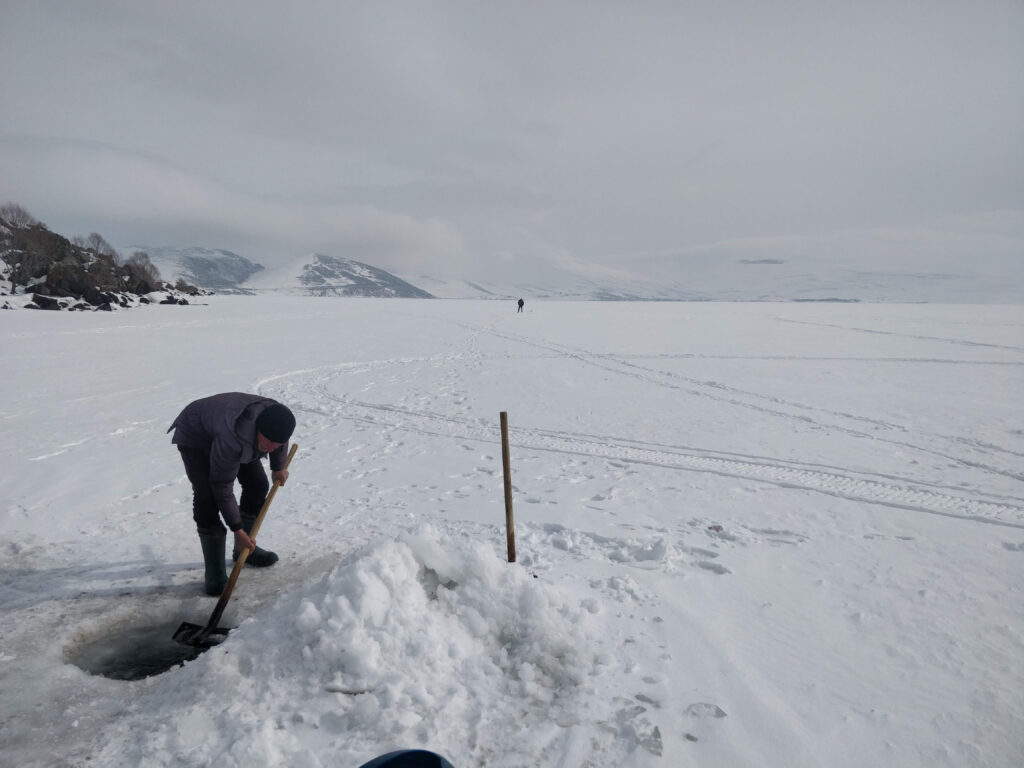
No ice fishing tactic matters without prioritizing safety through knowledge and proper equipment. Always check ice thickness before venturing out, remembering that 4 inches supports a person, 6-8 inches supports small groups, and 12+ inches supports vehicles, with clear ice being significantly stronger than white or honeycombed ice. Always fish with companions when possible, maintaining visual contact and communication abilities throughout your outing. Essential safety gear includes ice picks worn around your neck for self-rescue, a floating rope for assisting others, and a spud bar for testing ice thickness as you move across the surface. Understanding that ice conditions can vary dramatically within short distances, particularly around pressure cracks, springs, and moving water, remains critical for making informed decisions about when and where to fish safely.
Preserving Your Catch
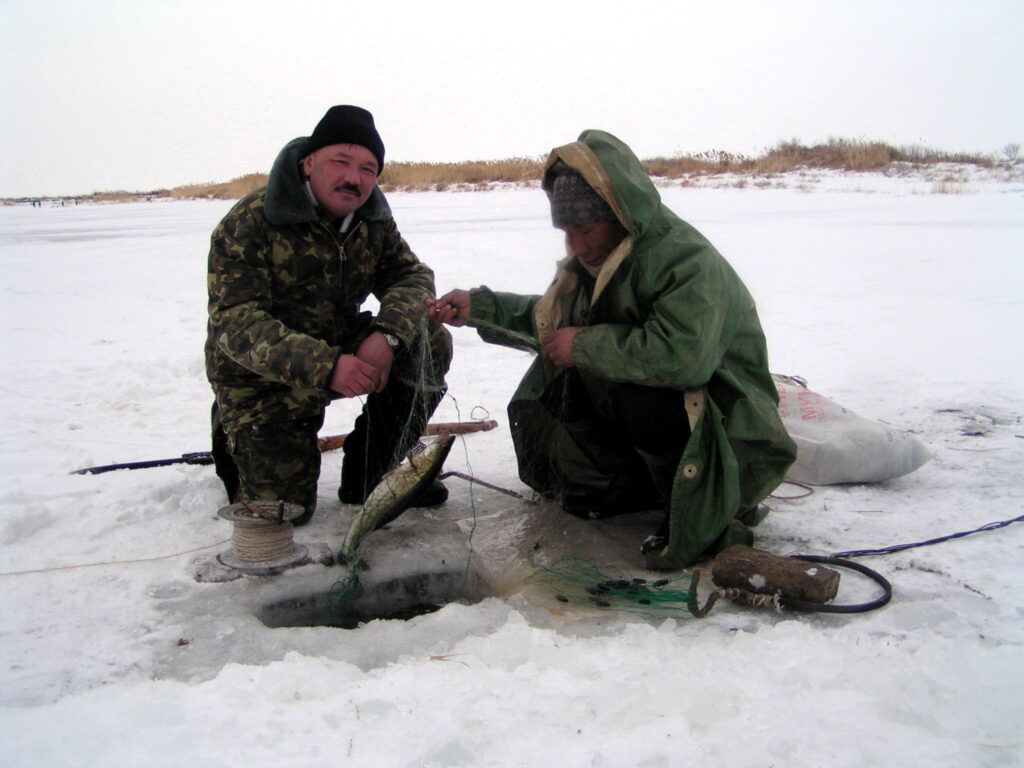
The cold environment presents both advantages and challenges for maintaining catch quality until you return home. Fish freeze quickly in sub-zero temperatures, so keeping them alive in water-filled buckets becomes impractical during extreme coldInsteadad, many experienced anglers immediately clean fish on the ice, storing fillets in plastic bags kept in insulated containers. For those practicing catch-and-release, minimize air exposure in freezing conditions, as fish eyes and gills can suffer frost damage within seconds when exposed to frigid air. When keeping fish for consumption, bleeding them immediately improves flavor by removing blood that can create a “fishy” taste, particularly in predatory species like pike and walleye. Remember that cold water produces firmer, better-tasting fillets than summer-caught fish, making proper handling even more important for maximizing food quality.
Conclusion
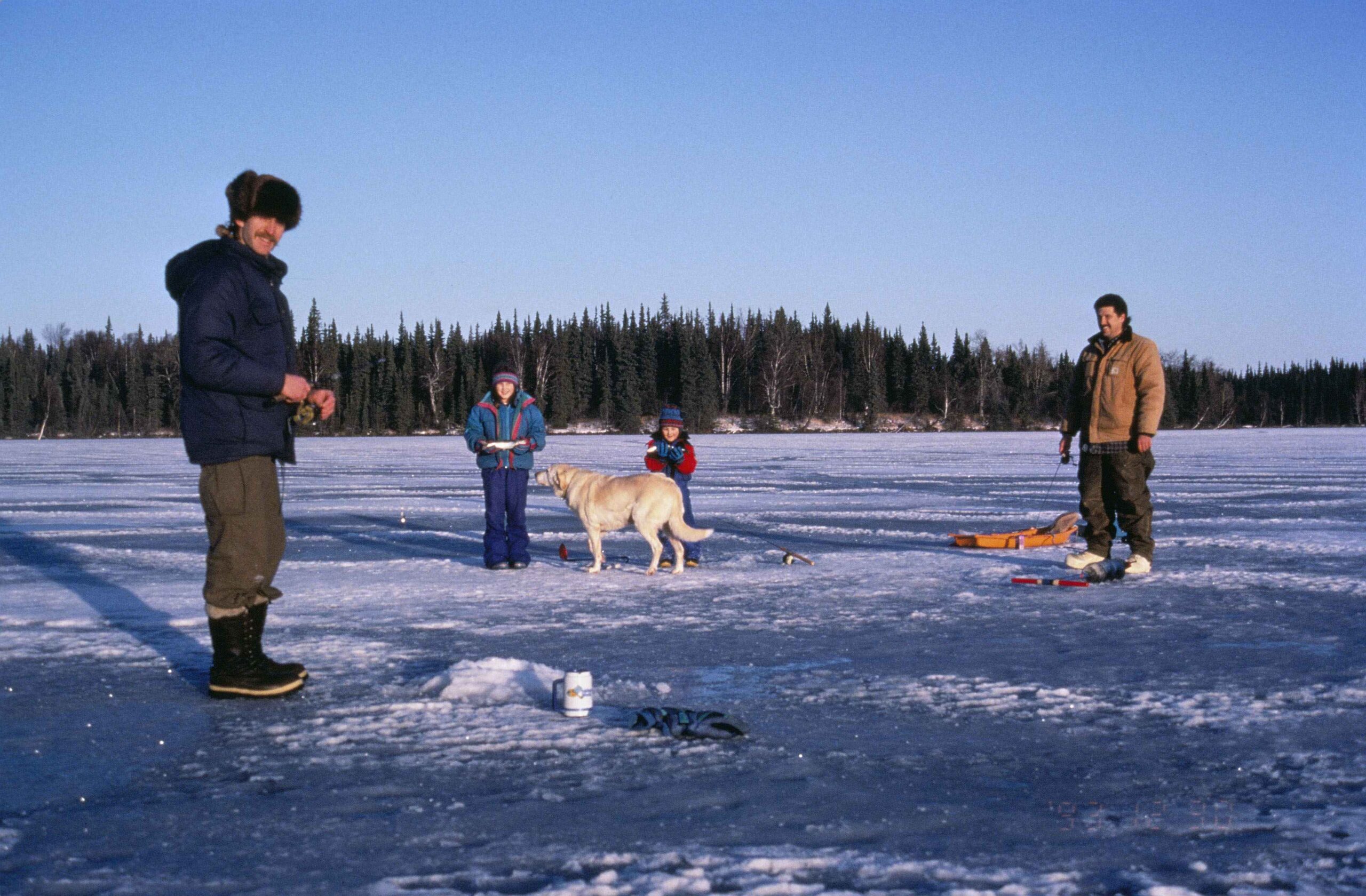
Ice fishing represents the perfect blend of outdoor winter recreation and sporting challenge, rewarding those who master its unique demands. The successful ice angler combines knowledge of fish behavior, strategic location selection, and appropriate gear choices with the mental discipline to remain patient during inactive periods. While modern electronics and equipment have made the sport more accessible than ever, the fundamental elements remain unchanged—understanding seasonal patterns, presenting baits naturally, and maintaining the precision needed to detect subtle winter bites. For those willing to brave the elements and develop these specialized skills, ice fishing offers unparalleled winter fishing opportunities and the chance to experience lakes and rivers from an entirely different perspective. Whether targeting trophy pike, tasty walleye, or abundant panfish, the principles of effective bait selection, patient approach, and precise presentation form the foundation of consistent ice fishing success.
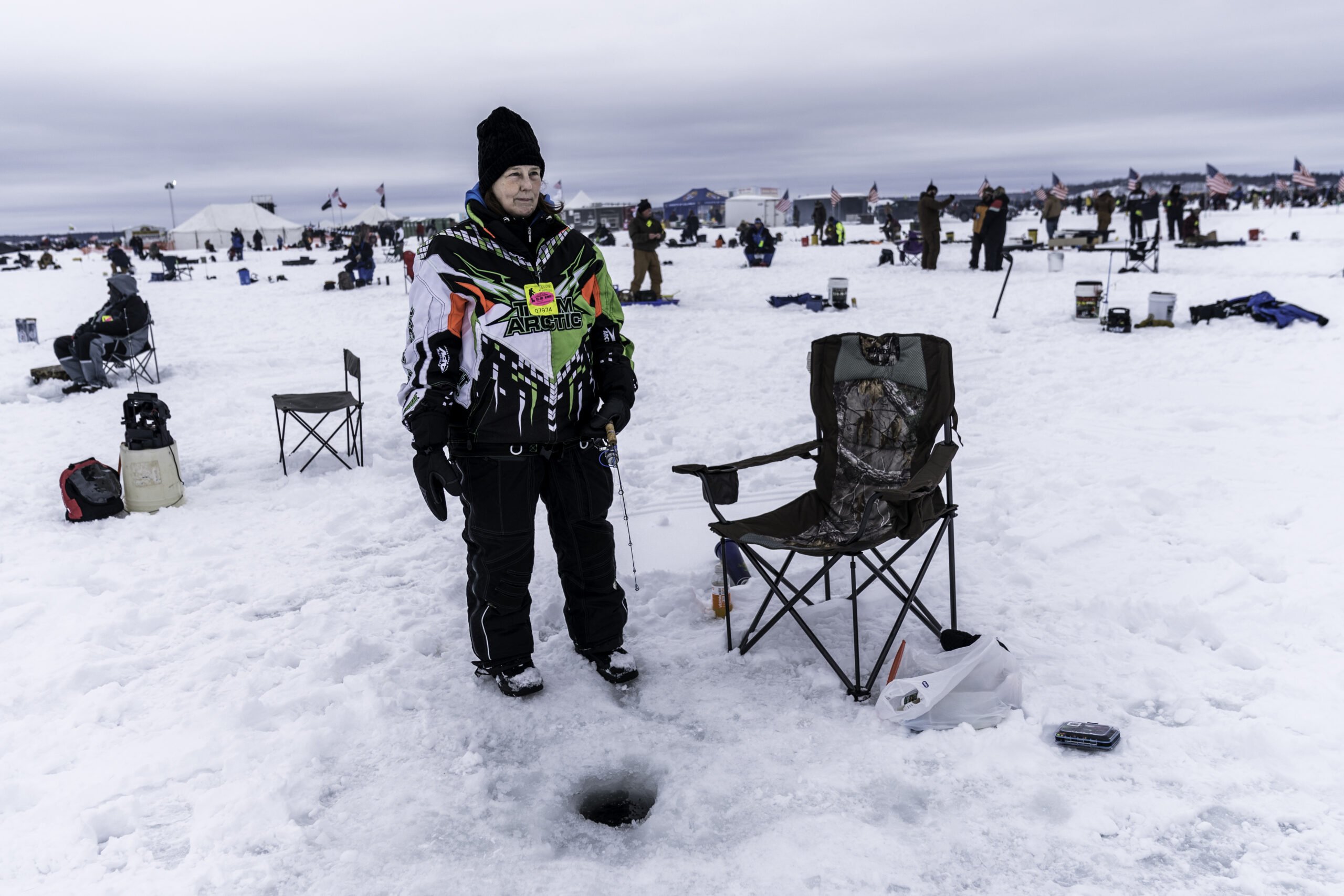
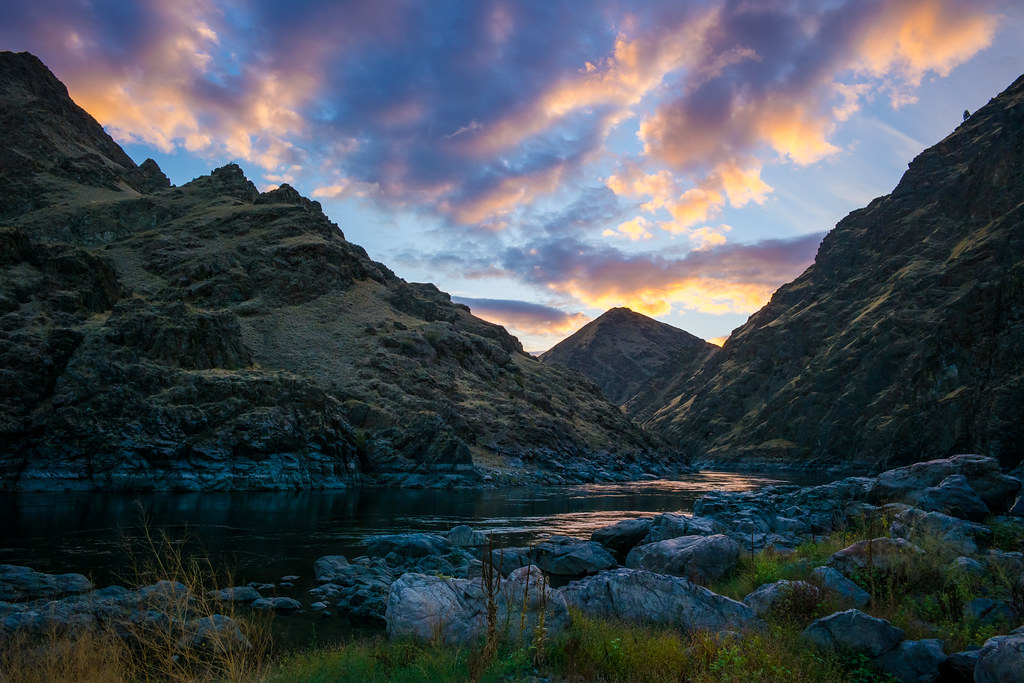

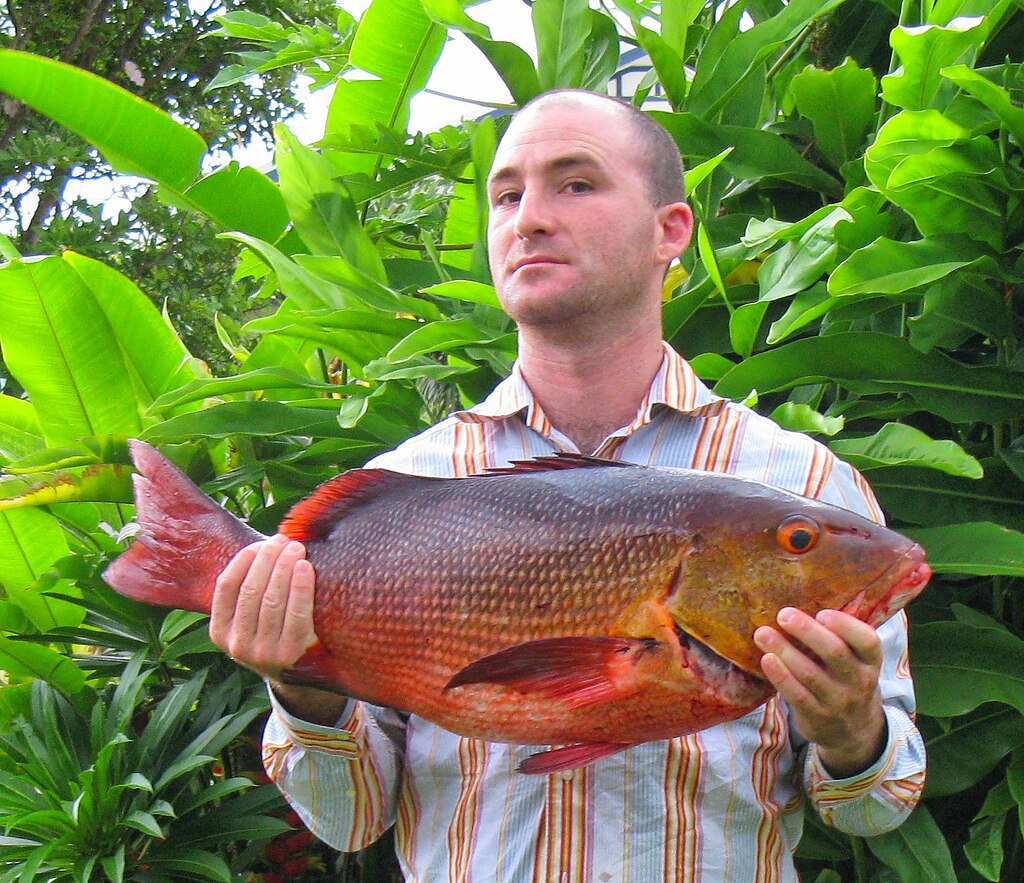










Post Comment